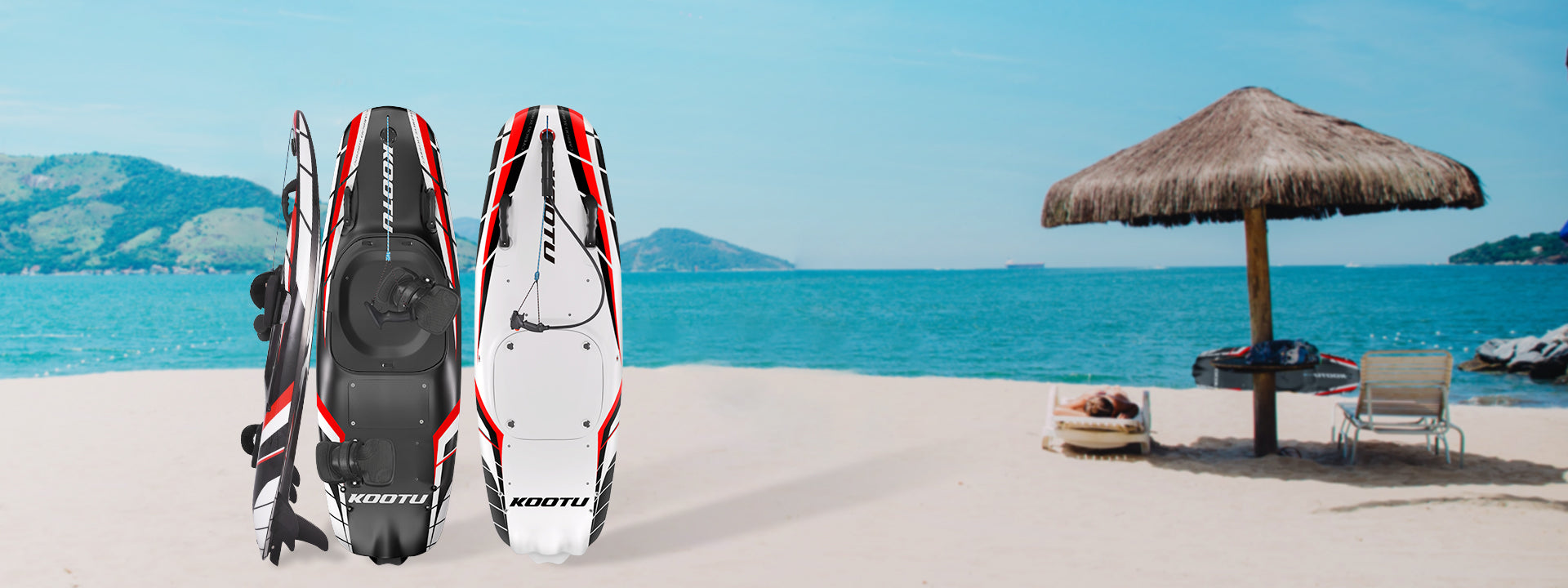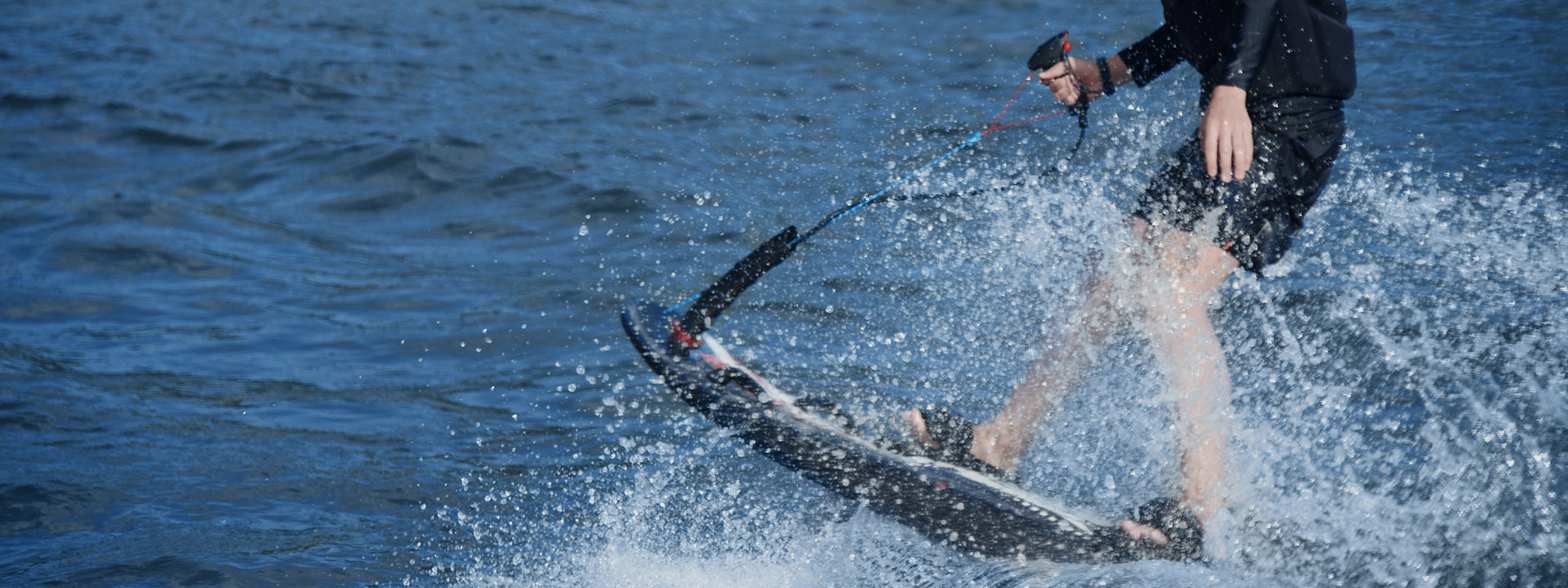What to Do If Your Knees Hurt While Cycling?
Cycling is a low-impact sport, but that doesn’t mean it's completely risk-free. One of the most common complaints among cyclists—both beginners and seasoned riders—is knee pain. Whether it's a dull ache or a sharp twinge, knee pain while cycling can put a real damper on your rides.

1. Common Causes of Knee Pain While Cycling
a. Poor Bike Fit
An incorrect bike fit is the number one reason many cyclists experience knee pain. If your saddle is too high or too low, or your cleats are misaligned, your knees might end up bearing the brunt of the misalignment.
Solution: Get a professional bike fitting or use a fitting app. Small adjustments in saddle height, fore-aft position, and handlebar reach can make a big difference.
b. Overuse and Sudden Mileage Increase
If you've recently increased your training volume or intensity too quickly, your knees might protest. This is especially true for new cyclists or those preparing for long-distance rides without proper progression.
Solution: Follow the 10% rule—increase your weekly mileage or duration by no more than 10% to give your body time to adapt.
c. Incorrect Pedaling Technique
Poor pedaling form, such as pushing too hard in high gears or “mashing” instead of spinning smoothly, puts excessive pressure on your knees.
Solution: Focus on maintaining a cadence of 80–100 RPM and using lower gears when climbing or accelerating.
d. Weak or Imbalanced Muscles
Muscle imbalances, especially between the quadriceps and hamstrings, or weak glutes, can lead to poor knee tracking and discomfort.
Solution: Add strength training to your routine, focusing on the glutes, hamstrings, quads, and core. Consider doing exercises like squats, lunges, bridges, and planks.

2. How to Prevent Knee Pain from Cycling
Warm up properly before every ride with light pedaling and dynamic stretches.
Check your cleat position if you use clipless pedals—poor alignment can lead to lateral or medial knee pain.
Stretch regularly, especially after rides. Pay attention to the quads, hamstrings, calves, and hip flexors.
Take rest days to allow for recovery, especially after long or intense rides.
Use proper gear ratios—don’t be afraid to use your easier gears on climbs to reduce joint stress.














